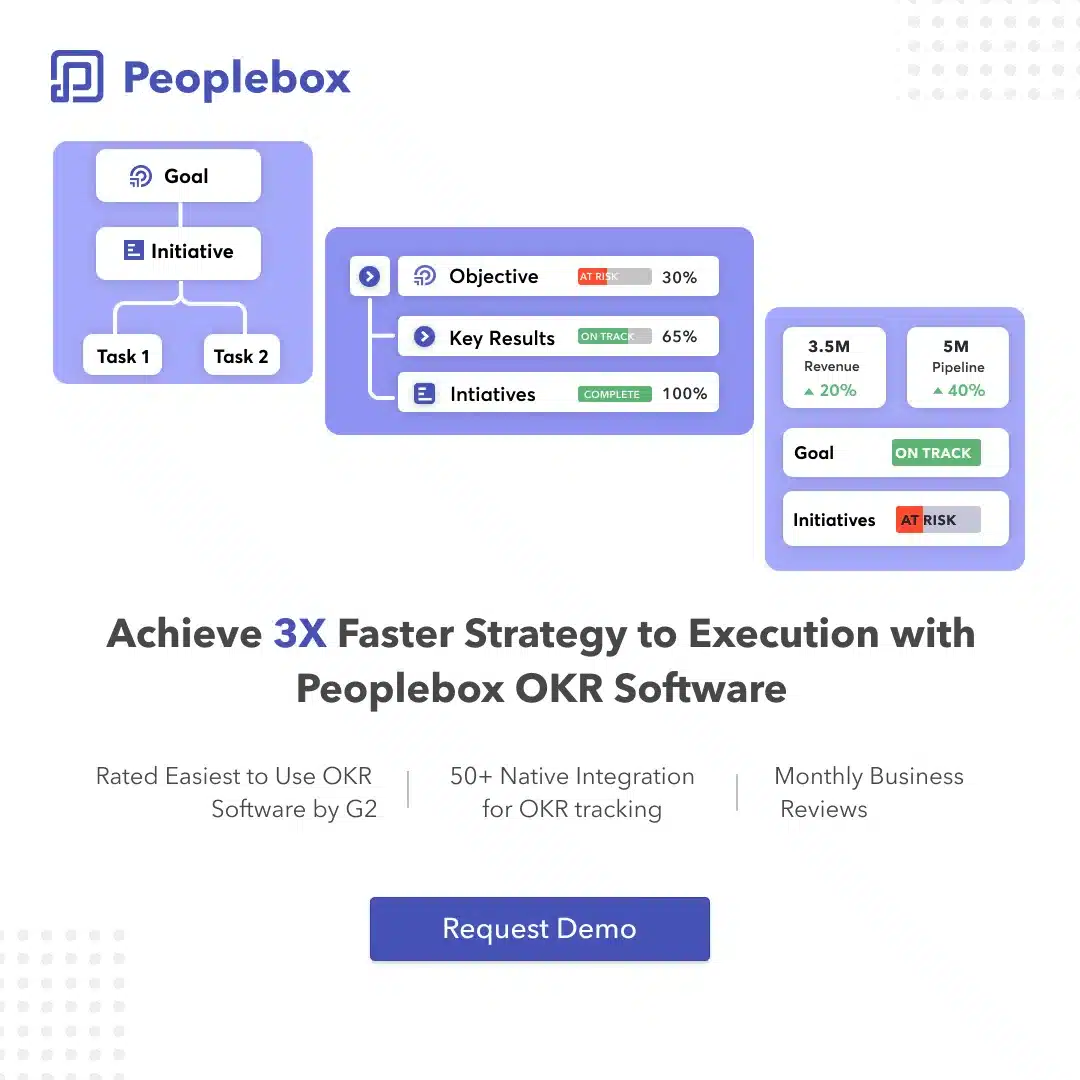Remote work has its advantages, such as flexibility and lower overhead costs, as well as disadvantages–isolation, communication challenges, and reduced interaction.
How can you help your direct report through a challenging project if you don’t know what’s bothering him?
How do you motivate your direct report to put in his best work?
With trust comes rapport and community-building, which is an important part of maintaining good employee relations.
You’ll see that having a good working relationship with your remote team members is crucial for engagement, productivity, and retention.
In this blog, we explore 10 ways in which you can foster great employee relations with your remote team:
1 Open and frequent communication
The foundation of a strong working relationship with your remote direct report is clear, open, timely, and frequent communication.
After passing on your message, double check to be sure it has been understood in the way you meant it to be.
Ask if there are any questions.
In remote work, most of the communication happens through emails and chats, so it is important that your message is not misinterpreted or misunderstood.
You need to express yourself clearly and simply–no fancy language or convoluted jargon.
You’ll want to develop a communication style that shows empathy and understanding.
Clear and concise messaging will avoid wasting time in back and forth emails or chats to clarify doubts, especially if your team is internationally located or across various time zones so there is a delay in response time.
Since you cannot see the remote worker face to face when communicating, you are likely to miss the context in the form of gestures, facial expressions, or body language.
You may misunderstand the tone of a written message.
If you receive a message that you think has the wrong tone, don’t assume that your team member is doing it on purpose to spite you or insult you.
In such a case, it is best to either pick up the phone or have a video call to discuss the matter.
Most of the time, you’ll find that it was just a misunderstanding.
2 Build trust and assume positive intent

Much of the working of a remote team depends on mutual trust between you, the manager, and your remote workers.
You can’t keep an eye on your remote worker because she isn’t walking into the office every day, so you must trust that she is doing what she says she’s doing.
Also, before you assume that someone said something negative to you, attempt to dig deeper and find out what really happened.
You may simply not be on the same page as your remote direct report.
If you let problems or misunderstandings fester, your remote team members may begin to feel that you don’t trust them or like them. Don’t let that happen!
Indra Nooyi, ex-CEO of Pepsico, spoke famously about assuming positive intent:
Whatever anybody says or does, assume positive intent. You will be amazed at how your whole approach to a person or problem becomes very different. When you assume negative intent, you’re angry. If you take away that anger and assume positive intent, you will be amazed.
Not only should you work to build trust, but you should also strive to retain the level of trust that has already been created.
With deepening trust, comes a good rapport – which is essential for remote teams to work well and have good employee relations with you.
3 Build transparency around the workplace
Another important pillar on which remote teams stand is reasonable transparency at the workplace.
Your team needs access to the same information that you have to behave the way you want them to.
You’ll want to be transparent in all your dealings with your remote direct reports because it creates a more cooperative workplace atmosphere.
You’ll want to have transparency around the following things:
- Visibility over who is doing what work with the assistance of project management tools
- Significant changes or transformations occurring in the organization
- Innovative or important projects undertaken by other departments
- Visibility over what various departments are working on
When remote team members have the bigger picture about how their role fits in with the project, the team, or the company, they’re likely to be more enthusiastic about it.
4 Prioritize one on one meetings

Weekly one on one meetings can serve as a dedicated space to enable you to get to know your remote employee as a human – beyond his work output.
One on one meetings are the most suitable platform to build rapport, solve problems, provide motivation, and support your direct report through an especially challenging task.
Laszlo Bock, author of Work Rules!, described the purpose of one of one meetings for employees as:
It trains your people to use themselves as their own experiments, asking questions, trying new approaches, observing what happens, and then trying again.
It is best if you conduct your one on one meetings over video calls.
There are several reasons:
1Video calls are much more personal than a private chat channel.
Usually, we communicate with our body language, tone of voice, and words to make our meaning understood. When using chat, two out of these three important factors are missing.
2Communication is 55% visual, according to a study in the Journal of Consulting Psychology
This means that it is vital that you are able to see your employees when talking to them.
3When you see and hear your remote employee, you can pick up on things that they’re NOT telling you– feeling unwell or uncomfortable, having a bad day, or feeling disgruntled.
Besides, when you replicate the in-office experience as much as possible by looking at your direct report while you talk, you can build greater trust.
All of this ties in to much better employee relations and a happier remote team.
Use a one on one meeting software to organize your meetings and keep in touch with your remote team.
Effective One on One Meetings
We built a software that automatically schedules, lets you set agenda, take notes, exchange feedback and track actions – all in one place.
Virtual Games for Remote Teams
CoffeeConnect connects two people every week based on their interests in slack and helps them build camaraderie easily with ice-breakers questions, rapid-fire quizzes and virtual coffee.
5 Use icebreakers for a better connect
Icebreakers questions are meant to kick start a conversation on a positive note and help ease into the discussion by helping your direct report relax.
A tense employee will not be receptive to anything you have to say, especially if you intend to discuss difficult topics.
The way you deal with your employee communicates how much you value them and whether you care for them beyond work.
You can show your human side by approaching your conversations with empathy and understanding.
You can choose appropriate icebreaker questions from among our list of 500+ questions for one on one meetings.
PRO TIP: Be friendly, but not friends with your direct reports. Over-familiarity will cause loss of boundaries and consequently, respect. Don’t share personal issues or plans with them.
6 Provide autonomy; don’t micromanage

Within reason, you can give your remote team members some autonomy in the way they handle their roles or projects.
They feel trusted and valued, and automatically take accountability of their tasks.
You’ll want to resist the temptation to micromanage and show that you have faith in the abilities of your direct reports.
This is even more important in a remote team because trust is the glue holding your employees together.
Remote employees who have a greater say in the way they work are happier and more satisfied with their jobs, thus improving employee relations.
7 Build a sense of shared leadership
Remote team members need to feel less like task monkeys and more like valued employees.
According to HBR’s Michael Watkins, employees shouldn’t just be given a list of tasks to finish, but also the opportunity to “pull” the team forward.
He suggests that managers could ask team members to do things like run a virtual team-building exercise or act as mentors to onboard new team members.
Managers have the added benefit of grooming people to rise up the career ladder and less pressure of completing tasks.
Whenever possible, you can involve remote team members in important decisions like choosing the tools they will use to work and communicate, set remote work policy and processes, and establish organizational goals.
Team members will take ownership of goals they helped set and work harder to meet them.

8 Conduct all-hands meetings and daily stand-ups

If you work in a physical office, you know you can simply walk up to an employee and chat about her tasks for the day and her progress in her projects.
Remote workers miss this seemingly casual, but significant contact.
They can’t bump into one another and find out what they’re up to.
This is why monthly all-hands meetings and daily stand-ups are important.
They are all various ways to catch up with each other, reflect on work, and see what’s in the pipeline.
As mentioned previously, video is the way to go. If you need to discuss something that requires a visual aid, you can share your screen just like you’d do if you were having an in-person meeting where you’d use a whiteboard.
You can use free remote work tools like Zoom and Slack to communicate with your team.
9 Use GIFs and emojis to add humor and clarity

Emojis have really taken off, especially with the younger generation, because they are effective at conveying your tone and sentiment accurately.
A study at Prifysgol Bangor University showed that 72% of adults aged 18-25 years felt that emojis made it easier for them to express their emotions.
Although they’re not equal to facial expressions, Dr. Owen and his team at Flinders University discovered that people are so used to emojis in written messages that they react to them just like they’d do to real human expressions!
The creator of emojis, Emogi, says that studies show that emojis help you express yourself clearly and build a relationship with the person you’re chatting with.
So you’ll want to drop a few emojis in your written messages to your remote workers, who can’t see you, to make sure they understand the tone correctly and add some humor.
After all, sharing some light-hearted moments brings out the human side of you and endears you to your direct reports. It is a fun way to boost employee relations.
10 Create a digital water cooler
In an actual office, the water cooler is an area where employees gather during breaks to catch up on the latest news and strike up impromptu conversations.
These congregations give people a sense of camaraderie and energize them with physical and face to face contact.
People get to know each other, build rapport, and empathize with each other in ways that are not possible in team meetings.
Remote workers are by nature isolated and don’t get to participate in such social activities.
You can partly compensate for the missing sense of community by creating virtual water coolers.
Exclusive chat channels on apps like Slack and Tandem can help recapture some of the social bonding that goes on without a thought at physical workplaces.
You can give them a fun name or share interesting information to get the conversation going.
A sense of community and team spirit is built, which consequently improves employee relations.
Effective One on One Meetings
We built a software that automatically schedules, lets you set agenda, take notes, exchange feedback and track actions – all in one place.
Virtual Games for Remote Teams
CoffeeConnect connects two people every week based on their interests in slack and helps them build camaraderie easily with ice-breakers questions, rapid-fire quizzes and virtual coffee.
Summing up

Interest in remote work is booming, especially due to the COVID-19 pandemic, and businesses are finding that they can remain efficient even with a majority of the workforce working from home.
Thus, it is becoming important to overcome the isolation of remote work and foster a sense of community within distributed teams.
Visual meetings, text messages and chats with emojis, and digital break rooms are just some of the ways to bridge the gap between managers and their remote employees, even if they’re continents apart.








